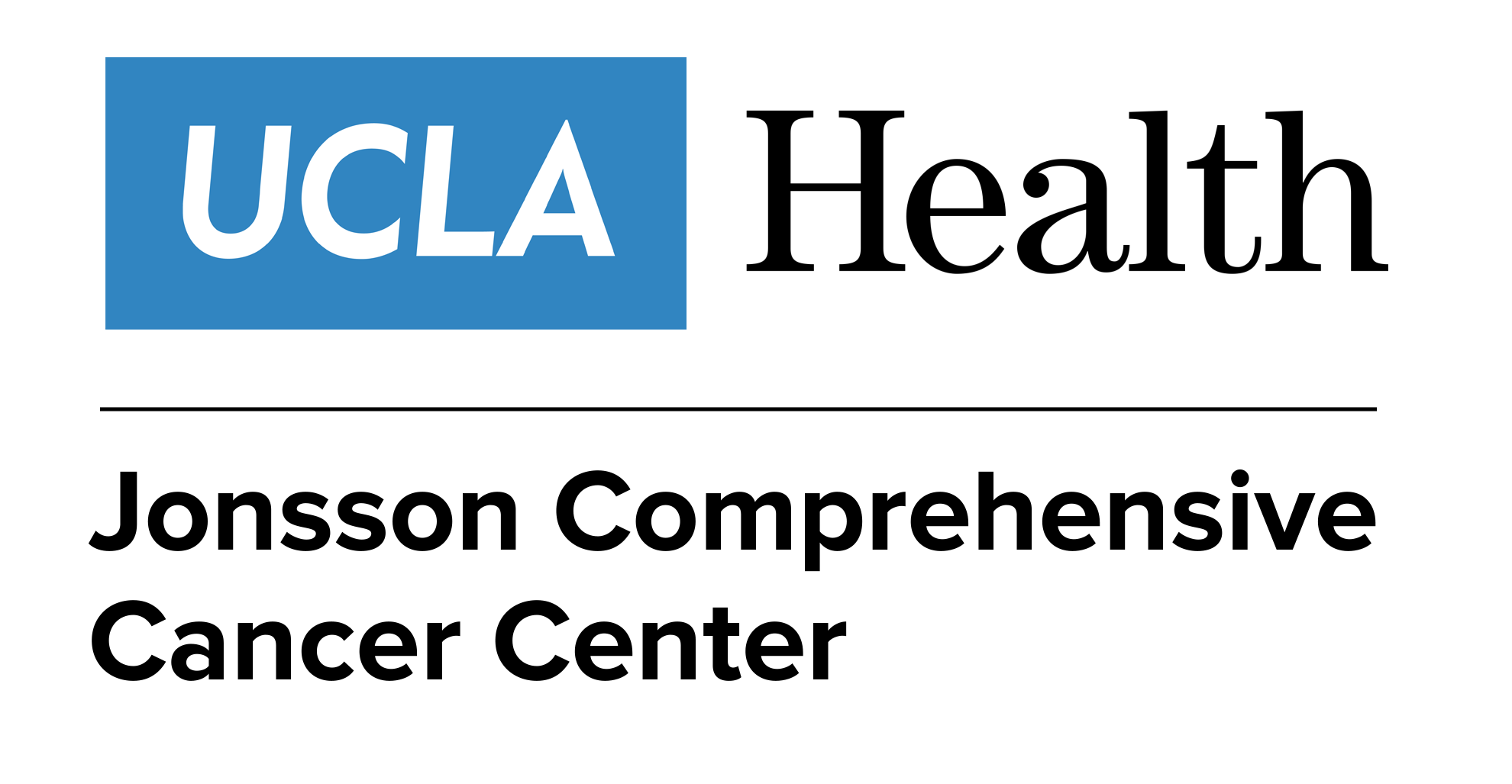- Advertise
- About OncLive
- Editorial Board
- MJH Life Sciences brands
- Contact Us
- Privacy
- Terms & Conditions
- Do Not Sell My Information
2 Clarke Drive
Suite 100
Cranbury, NJ 08512
© 2025 MJH Life Sciences™ and OncLive - Clinical Oncology News, Cancer Expert Insights. All rights reserved.
Dr. Bansal on Chemotherapeutic Approaches for Patients With Ovarian Cancer
Nisha Bansal, MD, gynecologic oncologist, University of California, Los Angeles, discusses frontline chemotherapeutic approaches for patients with ovarian cancer.
Nisha Bansal, MD, gynecologic oncologist, University of California, Los Angeles, discusses frontline chemotherapeutic approaches for patients with ovarian cancer.
The choice of chemotherapy will depend on several factors such as whether a patient has had optimal surgery with no evidence of visible disease, and whether they have undergone upfront surgery or received neoadjuvant chemotherapy. These variables will impact the treatment strategy, says Bansal. The traditional intravenous chemotherapy approach is carboplatin and taxol. It is an every 3-week regimen for a total of 6 cycles, says Bansal.
The other strategy for patients in the upfront setting who have been optimally cytoreduced is a combination of intravenous and intraperitoneal chemotherapy. That is a very attractive option, notes Bansal, because it delivers the chemotherapy directly into the peritoneal cavity. However, it comes with significant toxicity, so it may not be suitable for more elderly or medically infirm patients.
Another strategy would be a dose-dense regimen which seems to have a very good side effect profile. However, physicians do not yet know if it is useful in all patients.


